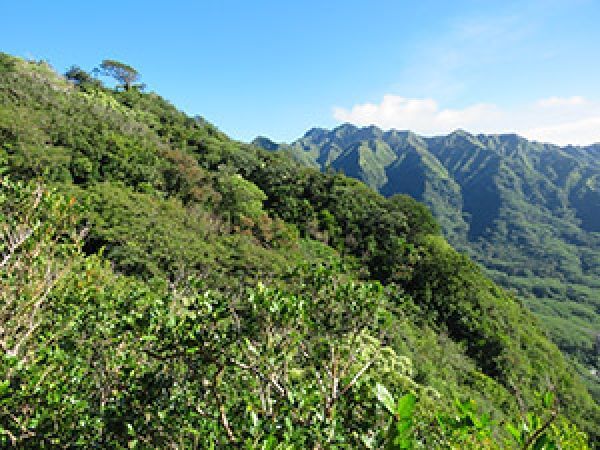On the Hawaiian island of Oahu, it is possible to stand in a lush tropical forest that doesn’t contain a single native plant. The birds that once dispersed native seeds are almost entirely gone, too, leaving a brand-new ecological community composed of introduced plants and birds.
In a first-of-its-kind study published today (April 4) in the journal Science, researchers -- including Assistant Professor Corey Tarwater and Research Scientist J. Patrick Kelley of the University of Wyoming’s Department of Zoology and Physiology -- demonstrate that these novel communities are organized in much the same way as native communities worldwide.
The discovery comes after an exhaustive examination of bird diets across Oahu and a subsequent network analysis describing bird-plant interactions on the island. Unexpectedly, the analysis showed introduced birds have developed complex patterns of interactions with plants, most of them not native to the island. And when bird-plant interactions in Oahu were compared to native-dominated ecosystems around the world, they were strikingly similar.
Read more at University of Wyoming
Photo: This is one of the seven sites in Hawaii that were part of a study on the interactions of mostly nonnative birds and plants, showing that these novel communities are organized in much the same way as native communities worldwide. CREDIT: Jeferson Vizentin-Bugoni


